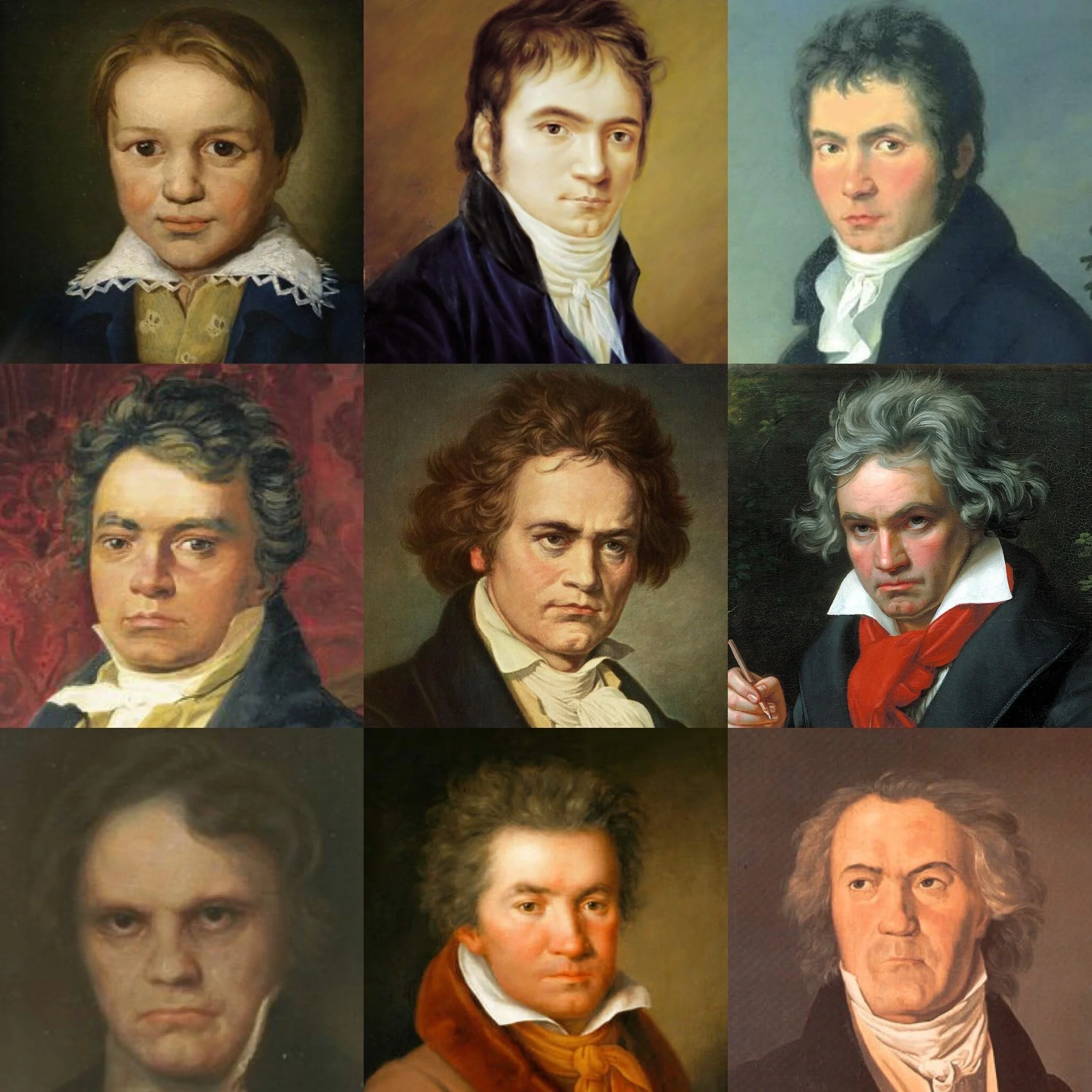REVIEW: Two Sides of Beethoven, Guts and All
Above: Photo by Chris Lee
February 24, 2020
By Brian Taylor
Beethoven, whose 250th birthday celebration is moving into high gear, is not often given the period instrument treatment. “Early music” institutions tend to focus on Baroque music, and occasionally extend their gaze to Mozart on the fortepiano. Sir John Eliot Gardiner’s Orchestra Révolutionnaire et Romantique was founded in London in 1989 to fill that gap, reviving the sound — and limitations — of music-making of the Romantic period.
Gardiner and his ensemble bring their take on Beethoven’s nine symphonies to Carnegie Hall, as part of its observance of #Beethoven250. The Philadelphia Orchestra, the quintessential modern orchestra, will perform their version of the symphonies in March under the baton of Yannick Nézet-Séguin. Gardiner’s historically informed accounts of the Symphony No. 6 in F Major, the “Pastoral,” and the Symphony No. 7 in A Major illustrated both the pleasures— and traps — of confining the music of revolutionary Beethoven to the physical instruments he grappled with and challenged.
Beethoven approached the symphonic form as a medium to address important philosophical and political issues. Gardiner explains in an interview on NPR’s All Things Considered that the symphonies show alternating sides of the composer, one “radical and polemical” and the other “introspective and ruminative… One is urban and the other is very much rural.”
Facsimile of Beethoven’s autograph manuscript of the Sixth Symphony
Where some conductors have viewed Beethoven’s metronome marks as unrealistic or unplayable, Gardiner clearly finds them liberating, and well-suited to gut strings, valveless horns, and calf-skinned kettle drums. Gardiner focuses our attention on the longer lines, the broader arcs in Beethoven’s phrases. Busier rhythmic figurations, that over the years, have grown accustomed to the spotlight are here whipped into the background texture. Turbo-charged tempi also result in verve and passion from the musicians.
Photo by Chris Lee
Gardiner’s account of the Sixth is quick, light, and lithe. The first movement, “Awakening of Cheerful Feelings upon Arriving in the Country,” was sensuous and evocative. You could feel fresh breezes and the buzzing of insects. The “Scene by the Brook” flowed quaintly. The antique woodwind instruments used by the ORR are clearly more primitive than their modern counterparts — their sound is quirky and less refined. The wooden flutes, which sound more like recorders than today’s metal ones — and are clearly more of a struggle to play in tune — were especially charming in their role as the nightingale in the second movement’s birdsong cadenza.
The winds especially impressed in the joyous “Merry Gathering of Countryfolk,” heraldic horns, agile oboe, triumphant trumpets. Gardiner’s brisk tempo turned Beethoven’s “Thunderstorm” into a mere squall, though. The kettle drums made a threatening racket, but the storm’s wind and rain passed quickly. The “Shepherd’s Song - Happy and Thankful Feelings After the Storm” soared, the rondo theme given extra warmth and bloom.
Photo by Chris Lee
The slow introduction to the Seventh, which the ORR violinists played standing, shows us another side of Beethoven. The Seventh grabs the listener in a more urgent way. Now, as Beethoven takes us on a journey into the mind — the melodic development more rhetorical and ambitious, the harmonic twists and turns more kaleidoscopic — the ORR’s intonation can seem strained and the color palette lacks variety.
Occasionally, I felt that Beethoven had designed a Ferrari, but it was being driven down a cobblestone street. Yet, just because we can colorize black-and-white films doesn’t mean we should. Musical instrument museums rarely let you play the antiques. This is the museum exhibit of our dreams — an enlightening look at what Beethoven might have strained to hear, in his day.
***





